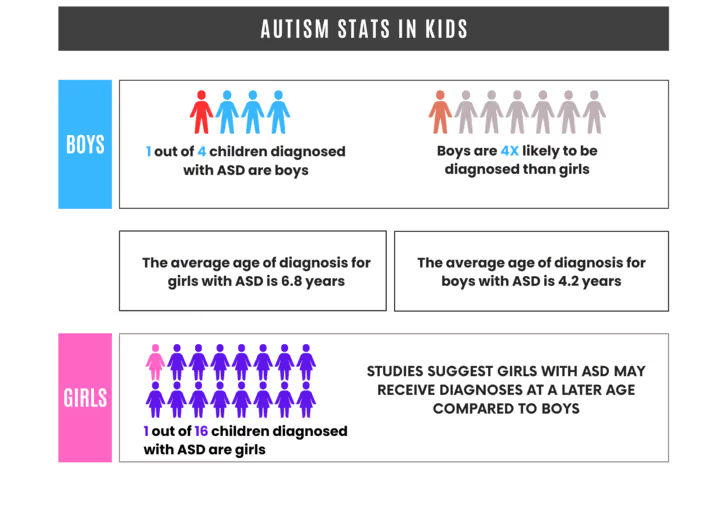Autism prevalence estimates vary significantly across the globe. While the World Health Organization suggests a global average of roughly 1 in 100 children, specific country data can differ substantially. Here's a breakdown of some key observations:
Most Common Range: Many countries report diagnosed autism rates between 60 and 100 per 10,000 children. This reflects a kind of global "middle ground" in reported prevalence.
Variations and Influencing Factors: Important to remember, these diagnosed rates are influenced by factors like:
- Diagnostic practices (which can differ by region).
- Access to diagnostic services (which can vary between countries).
- Awareness levels within a population.
Countries with High Rates: A small number of countries report diagnosed autism rates exceeding 100 per 10,000 children.
Lowest Reported Rate: France stands out with the lowest reported diagnosed autism rate globally, with roughly 1 in 144 children identified. Again, similar considerations about influencing factors apply when interpreting this data point.
Geographic Distribution: It's interesting to note that countries with the lowest reported rates tend to be concentrated in Europe, while those with the highest reported rates are often found in the West Asian region. However, this doesn't necessarily reflect actual prevalence, but rather potential variations in detection and reporting practices across these regions.
Despite the United States being a developed country with robust healthcare facilities it falls within the global range of autism diagnoses, at around 81 per 10,000 children. This prevalence rate, although significant, could be attributed to the country's use of comprehensive diagnostic criteria alongside increased public awareness and understanding of autism spectrum disorder.






